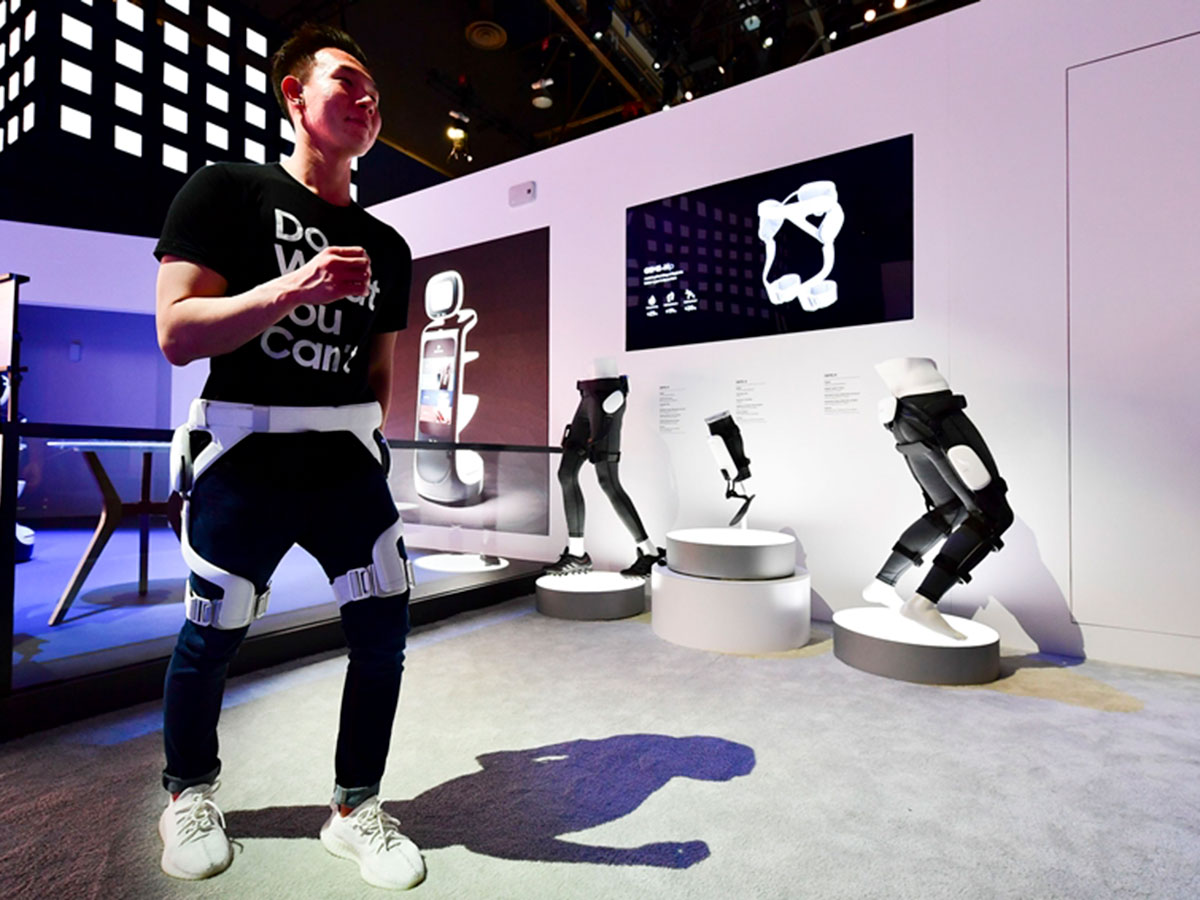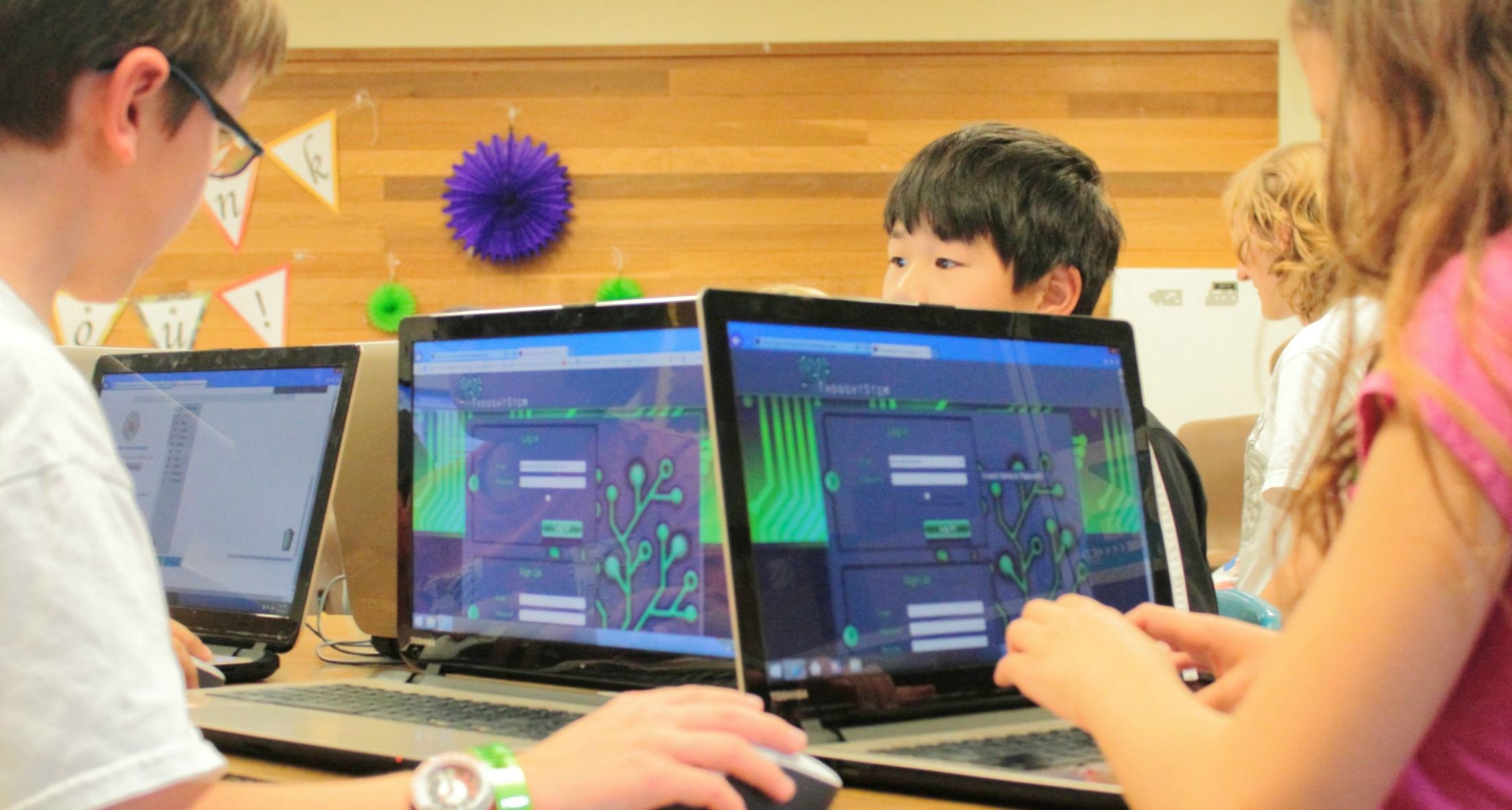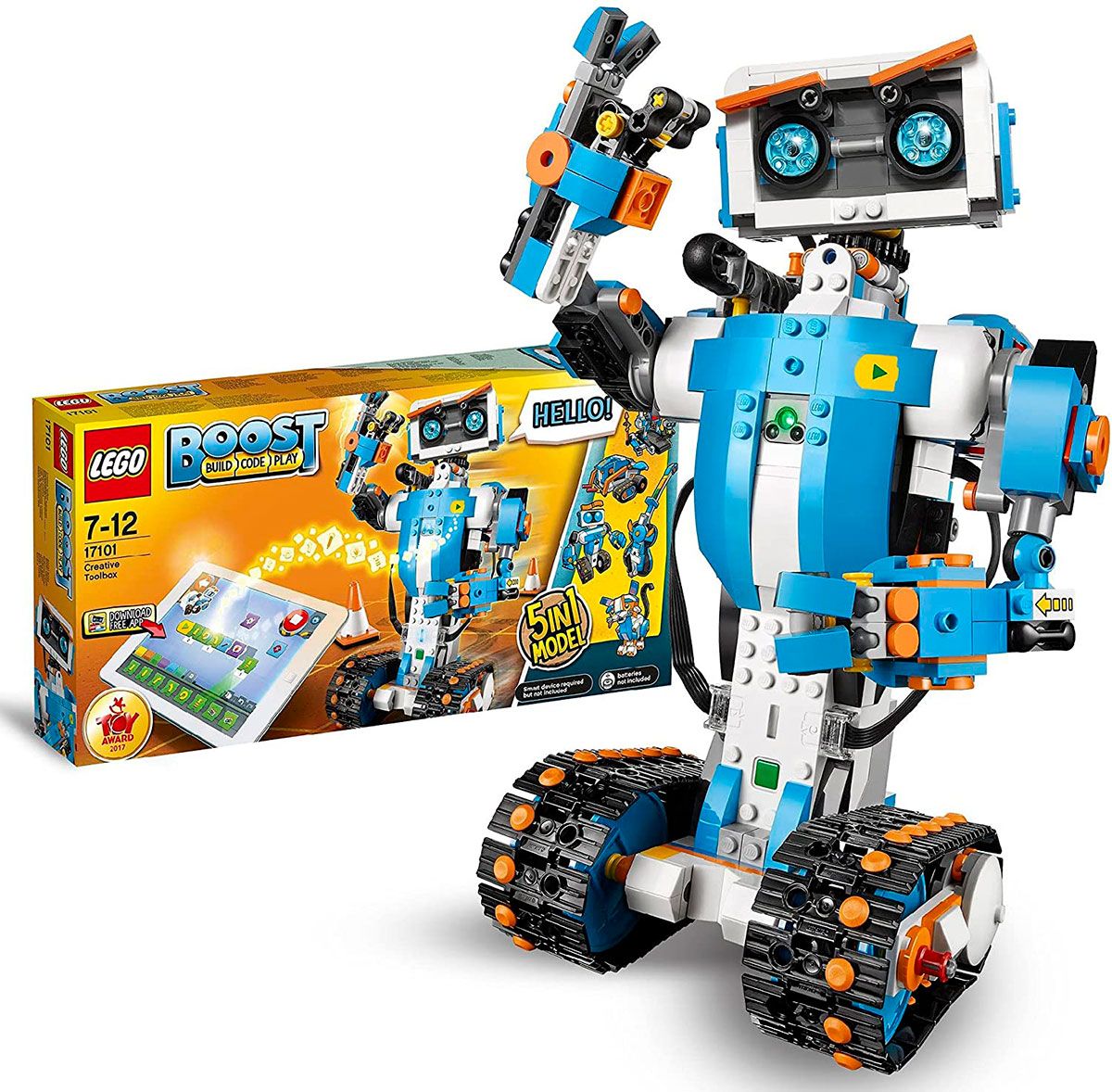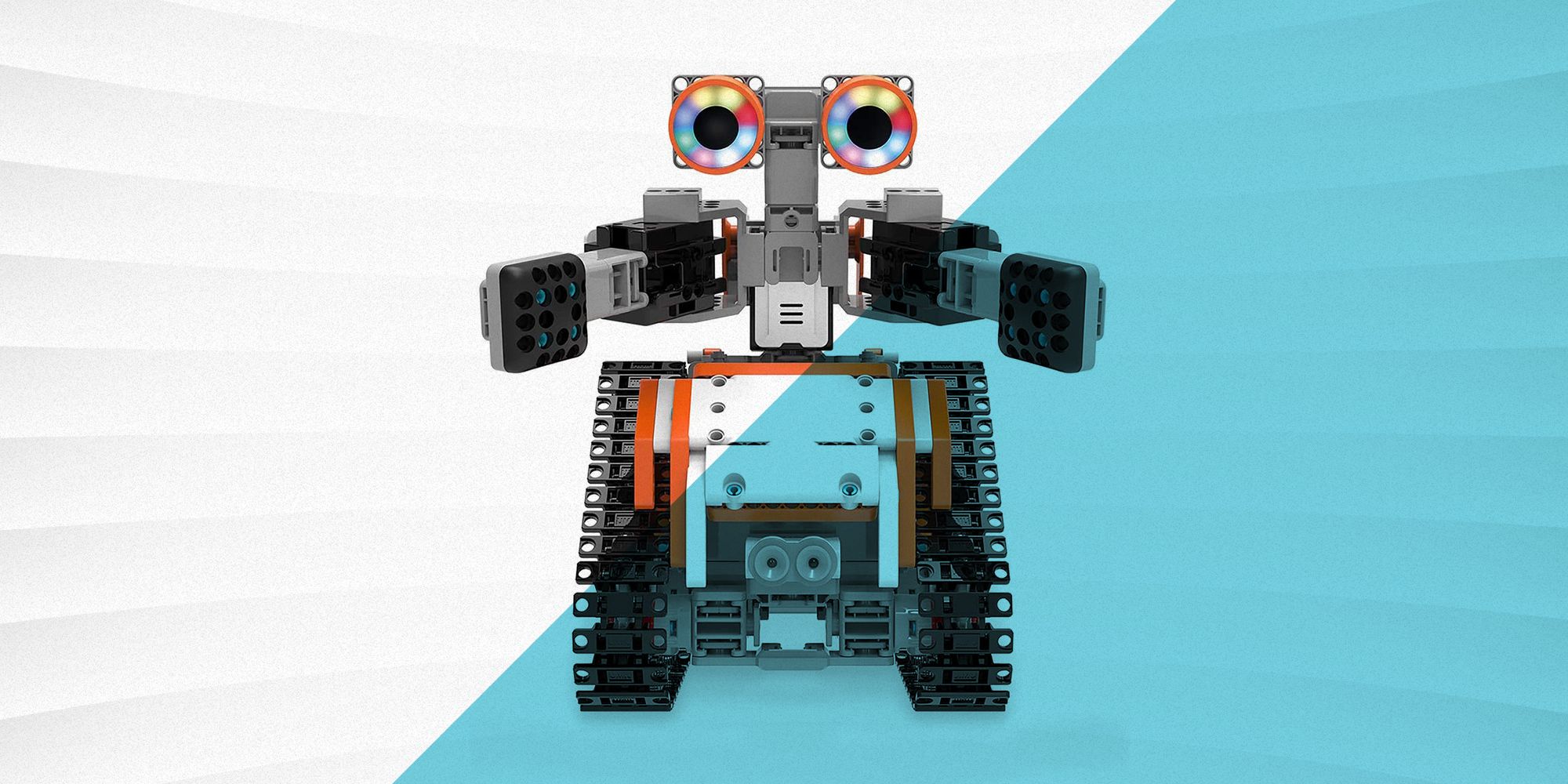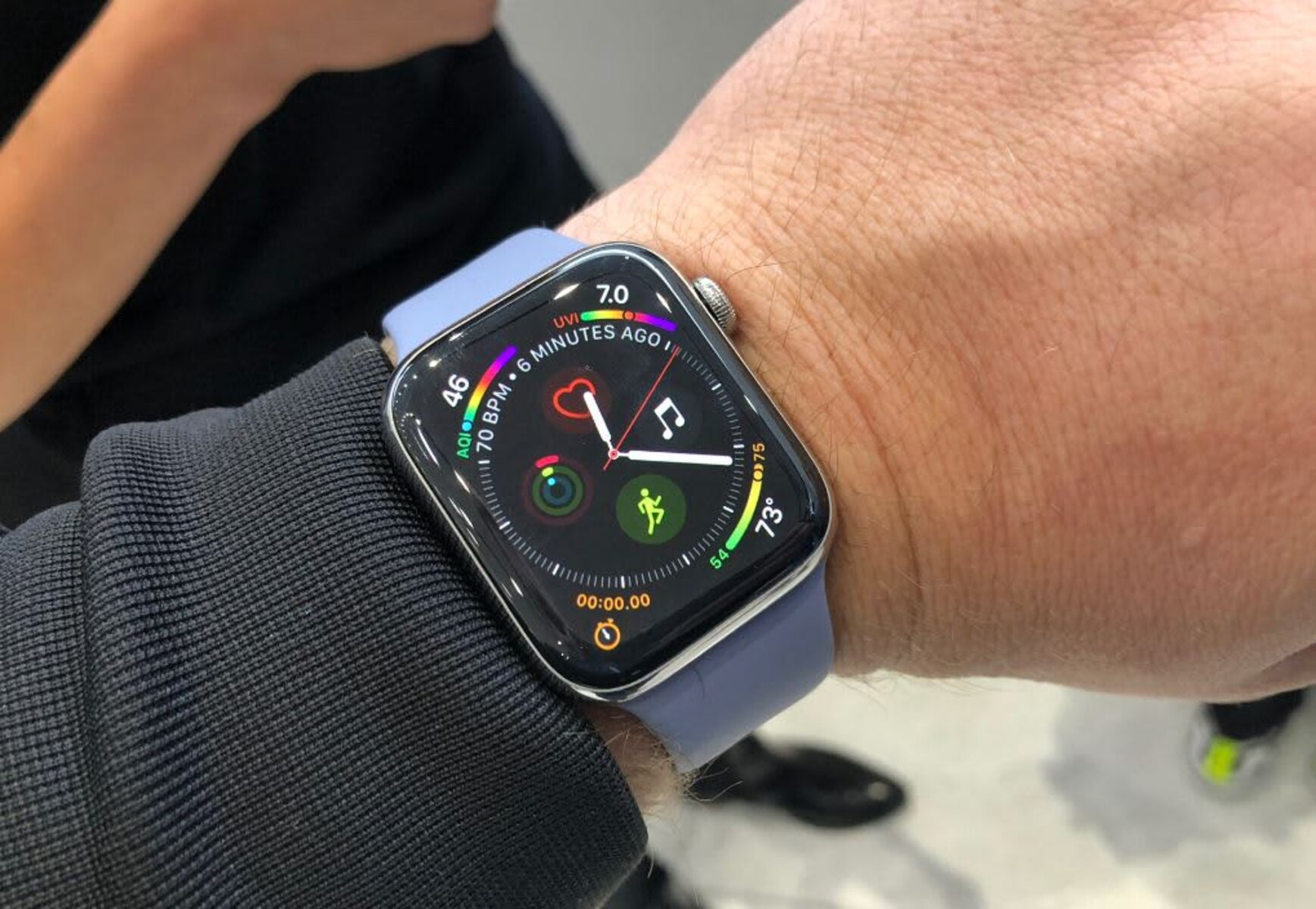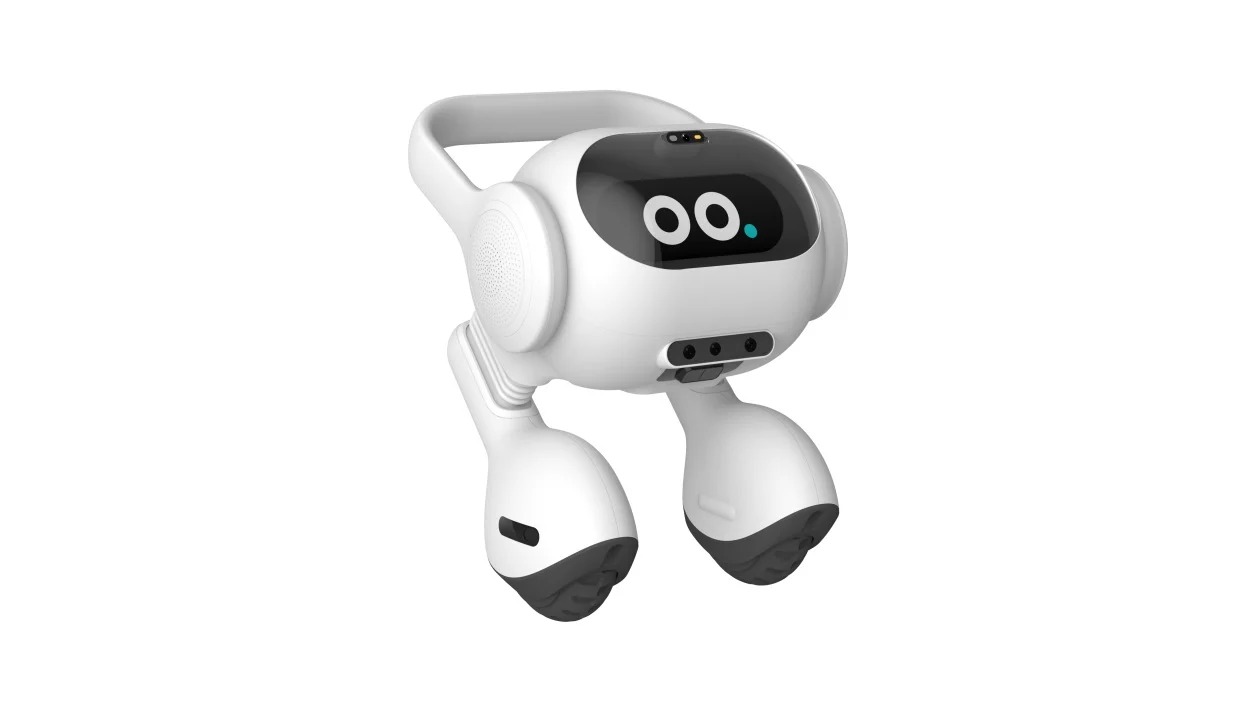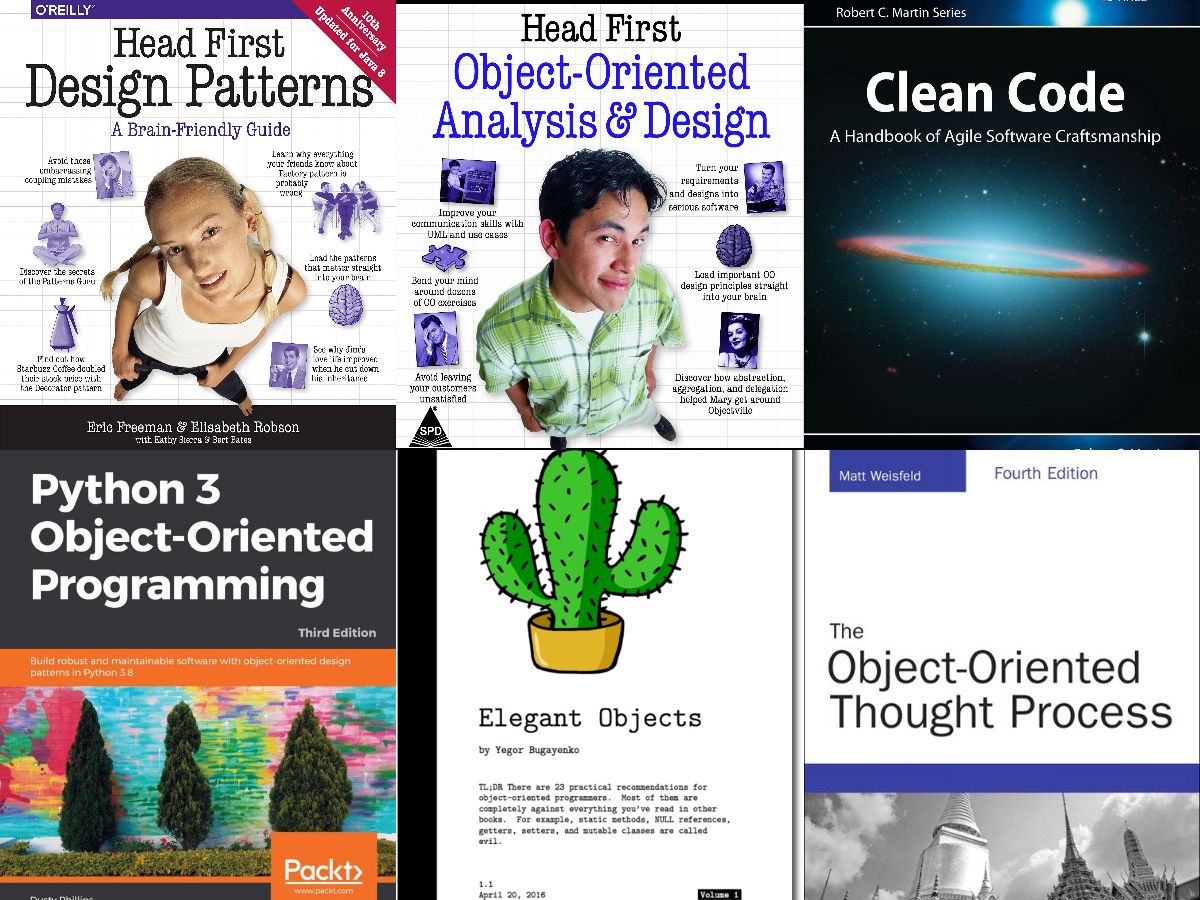Samsung, the renowned consumer electronics company, has unveiled its latest innovation in the field of robotics. The EX1 wearable robot is specifically designed to enhance mobility and balance in older adults, addressing the age-related decline in muscle mass and the associated impact on movement and stability.
Key Takeaway
The Samsung EX1 wearable robot, designed to improve mobility and balance in older adults, has shown promising results in enhancing stride length and propulsion. This innovation holds the potential to significantly impact the future of assistive wearable robotics, offering a glimpse into the evolving landscape of age-related technology.
The Promise of EX1
The EX1 wearable robot, developed in collaboration with Sahmyook University, represents a significant advancement in the realm of robotic age-tech. By focusing on improving balance and movement, this hip-worn device aims to empower older individuals to engage in daily activities with greater ease and confidence.
Research Findings
According to Professor Wan-hee Lee, the lead researcher, the EX1 has demonstrated promising results in enhancing the quality of life for older adults. Through its assistive wear and guided exercise functionalities, the device has shown notable improvements in subjects’ stride length and propulsion. The study revealed that individuals who wore the EX1 for 50 minutes a day, three times a week for a month experienced a remarkable increase in stride length by over 12% and propulsion by approximately 21%.
Future Implications
While the commercial availability of the Samsung EX1 remains uncertain, the positive outcomes of the research underscore the potential for advanced wearable robotics to significantly impact the lives of older adults. Professor Lee emphasized that these findings lay a solid foundation for the development of enhanced wearable robots, which could further expand the global market for such technologies, fostering continued research and innovation in this domain.







